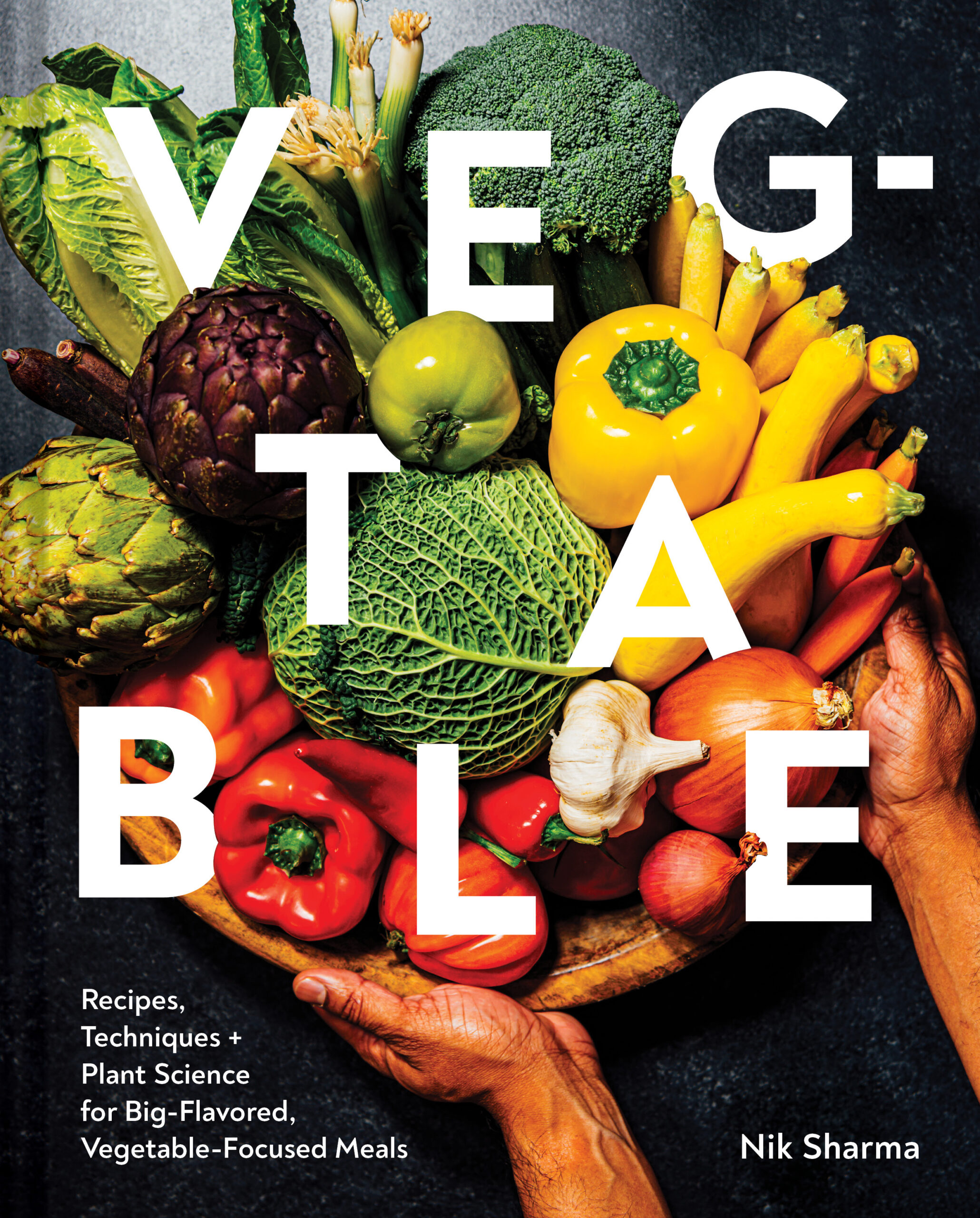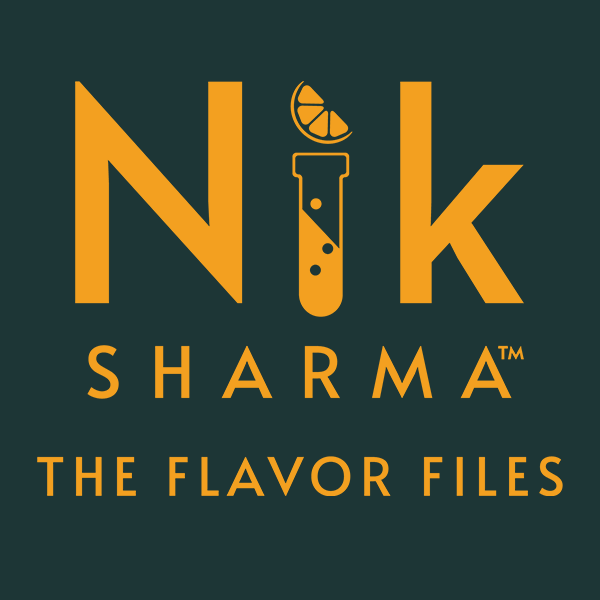
I’m going to be honest with you, I’ve been a bit hesitant to write this as a recipe post for a few reasons (the big one being, I ran out of chickpeas, so I haven’t tested a few other parameters that I want to look at and write about) but a lot of you asked about my technique after seeing the video I posted. I’ll share what I’ve learned so far, feel free to experiment on your own, and if you tweak it let me know by sending me an email.
I will update this post over time, once I get some more dried chickpeas to work with, so please be patient. The pandemic has made many staples especially beans hard to find.
You’ll notice that this entire post is a bit unconventional from my usual method of writing but I’m going to lay this out as an experiment, in a problem/solution format. This is how I tackle most of my recipes and any cooking problems I want to try and solve plus I don’t think this needs to be written out too formally.
The Problem/s:
Making crispy chickpeas is an interesting puzzle.
-
The goal is to get water inside the seed to help soften fibers and hydrate starch so it gelatinizes/thickens during cooking but once that’s done, I need to get rid of all the water inside to make it crispy enough to shatter. Water in and water out.
-
If chickpeas over cook or undercook, the final texture will be off.
-
I also do not want excessive browning during cooking so I need to reduce the probability of caramelization and the Maillard reactions.
-
Humidity and softness in crisped chickpeas.
Chickpeas – I’m intentionally not using canned chickpeas because canned chickpeas are treated with different agents and depending on the brand I use these agents and treatments can be different. It’s not an accurate way to compare canned chickpeas to regular dried chickpeas that need presoaking. I need to limit my variables as much as possible to make any sense of any results and have valid comparisons.
Chickpeas are a hard-to-cook seed, what this means is that they need more time to soften and cook properly till they’re edible (black beans and lentils are easy-to-cook because they need less time). Chickpeas also contain starch which needs to hydrated by water to cook and gelatinize/thicken during heating to make it tender and palatable. The four dietary fibers in chickpeas are also a source of hardness and affect cooking – cellulose, lignin, hemicellulose, and pectin. These also need to soften to make the seed cook and become palatable.
How to overcome the chickpea fiber issue:
-
Presoak the seeds in water to soften the coat and help water enter the seed.
-
To cook the seeds to the texture I wanted, tender yet firm, I cook them in acidic water by adding lemon juice. You can use bottled lemon juice here, the acid here is not for taste but for improving texture. I also add a bit of salt to soften pectin. Do not use any acid other than citric acid – lemon or lime juice work effectively here. This method is great when I want a soft yet firm texture in a bean (if I added only baking soda and no acid like I do with my dals, the beans will fall apart and turn to mush very easily). I add baking soda here to create sodium citrate which is a chelating agent – what this means is that it binds metals like calcium and magnesium and locks them up.
-
A second benefit of this acidic pH is that it will reduce the probability of browning from caramelization and the Maillard reaction (alkaline pH promotes these two reactions) which I do not want here. They build flavor but can become problematic if things turn brown too quickly, you can end up with a bitter taste.
Pressure cooking or Instant pot – I avoided these on purpose – these devices are great when you want a very soft texture and have a more forgiving recipe like a dal but I don’t want that here and need a balance of softness and structural integrity in the chickpeas.
Chickpea Skin – this is a personal preference – skin or don’t skin, do what you want for this. I’m lazy, I don’t want to do it and I like chickpeas with their skin on. The chickpeas with their skin left-on might pop during heating as the steam tries to escape, so you might hear them blow, the frequency on this was about 3 to 4 per cup of chickpeas. You can remove the skin off by gently rubbing the boiled chickpeas between your palms.
Equipment:
I compared roasting chickpeas in my oven to air frying them in smart oven from Breville – the results were staggeringly different. Not surprisingly the oven takes a really longer time while the air fryer function uses super convection fans which not only work ridiculously fast in comparison but the final texture was much better and so was the taste. In my observation, the ones cooked in the oven also get stale faster when left outside when compared to the ones from the air fryer. You can use my method with a regular oven but it took me on average around 2 hours to get the same degree of crispiness but it was still never close to the air fryer texture.
Humidity and Storage:
-
Humidity is a problem with storage, so I cook the chickpeas twice – I first drive moisture out, then let it back in, and again kick it out. This second round of air frying makes them crispier and will drive out any atmospheric water that re-entered on cooling.
-
For storage, vacuum sealing chickpeas is the best method I’ve used so far. If you have one of those food-safe silica gel packets that are sometimes included with your dry food packaging you can drop one in a container or bag that contain the crisped chickpeas, they will help protect against atmospheric moisture and staleness. Glass jars and airtight storage containers are great too, make sure they’re sealed well.
-
You can rewarm the crisp chickpeas at 300F [149C] for about 8 to 10 minutes to dry them up a bit if the storage method doesn’t work as well vacuum sealing.
Flavorings: Do not add any flavoring spices or oil to the chickpeas before they go into oven or air fryer. Instead once the chickpeas are cooked after the second round of crisping, toss them with your seasoning of choice while they’re hot, straight out of the air fryer.
Note: I’m being extra detailed here to address any questions that might pop up just in case, you’re wondering why the heck is he writing so much about crispy chickpeas.

crispy chickpeas
While this method is designed around the air fryer you can use it with your oven. Expect a little bit of difference in texture and drying time. It can take up to 2 hours on average in my experience in an oven.
Makes around 2 cups [200 g] of crispy chickpeas
Day 1 :
1 cup [180 g] dried chickpeas
Rinse and soak the chickpeas in 4 cups [480 ml] water overnight.
Day 2:
4 cups [960 ml] water
1/4 cup [60 ml] lemon juice (you can use bottled juice here)
1 tsp fine salt
1/8 tsp baking soda
Stir the water, lemon juice, salt, and baking soda together in a large saucepan. Stir the mixture, the liquid will foam.
Drain the presoaked chickpeas from day 1 and add them to the saucepan with the water and lemon juice mixture. Bring the contents of the saucepan over medium-high heat to a boil, reduce the heat to medium-low, cook till the chickpeas are tender yet hold their structure, about 30 minutes. You will notice a white precipitate on the surface of the water, these are breakdown products of starch and pectin. The chickpeas are ready when you can easily press and smash a chickpea with ease using your fingers. Set a fine mesh sieve over the sink or a large bowl, pour the chickpeas over the sieve and discard the water.
Set the air fryer to 300F [149C]. Place the drained chickpeas in the wire basket provided (your manufacturer might provide another type of tray). You want a basket or tray that allows ventilation from both sides to get rid of the water inside the seeds. Set the timer on the air fryer to 45 minutes and let the chickpeas dry out till crisp. Take the tray out, cover the tray loosely with a sheet of foil or paper and leave on the counter overnight.
Day 3:
Return the tray with the chickpeas back to the air fryer and reheat them for another 30 minutes. Transfer the hot chickpeas to a bowl containing the flavoring mixture and toss to coat well. Adding the oil at this stage, adds a waterproof coat which if added earlier will reduce the efficiency of water loss.
my flavoring mixture for chickpeas
As far as seasonings go, this is very simple. But feel free to add other spices and seasonings you enjoy like chaat masala (see my recipe in Season/Food52), shichimi togarashi, etc.
An extra tip, if you add an acid for a brighter taste, use an acid like amchur or sumac, they’re dry powders and contain citric acid among other acids and won’t add moisture and soften the chickpea.
2 Tbsp extra virgin olive oil
2 tsp kala namak (Indian black salt) or salt
1 tsp red chilli powder (I’m using Kashmiri chilli which has low heat, use cayenne for a stronger kick of heat but adjust your amount according to your taste preference.)
2 tsp ground black pepper
2 tsp amchur (unripe mango powder)
Mix the oil, kala namak, pepper, and amchur together in a small bowl and then pour it over the hot crispy chickpeas and toss to coat well. Taste and add more kala namak or salt and amchur if needed.
Note: Kala namak, Kashmiri chilli, and amchur are available at most Indian stores as well as online.


